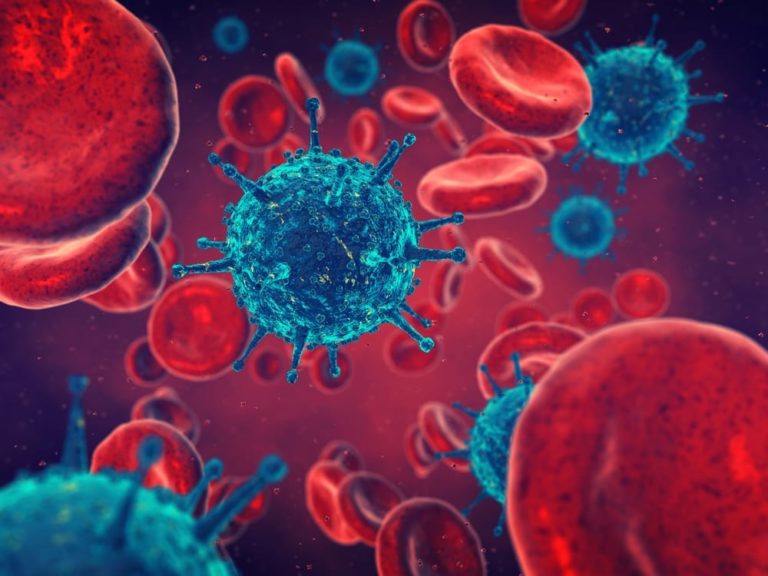Photo: Shutterstock / qoppi
Reader Question of the Month – Can children also eat xylitol?

Are children also allowed to eat xylitol?
Xylitol (also called birch sugar) is a healthy sugar substitute that is often used in low carb cooking. For us at Foodpunk, xylitol is also the first choice when it comes to an alternative sweetener. On our blog there is already an article on the topic “What is actually xylitol”.
In principle, xylitol is harmless to humans. It is hardly absorbed and metabolized. However, some people are sensitive to higher amounts – then xylitol can have a laxative effect.
Therefore, the same applies to children as to adults: approach the quantities slowly. Observe whether you are one of those people for whom xylitol has no effect at all, or whether you should rather be cautious at the beginning.
Children have a smaller digestive tract than adults, so they should approach it more carefully. However, if no laxative effect occurs and the child’s digestion tolerates the xylitol wonderfully, it can be safely consumed.
It’s then a great substitute for conventional sugar when you do have a sweet tooth or two. Nevertheless, sweet treats should always remain a rarity and meals should consist primarily of plenty of colorful vegetables, valuable protein and high-quality fats.
Always stay up to date with our Newsletter.
Similar posts by Foodpunk

Carbohydrates and fat – The daily bite of knowledge
Good or bad idea? Click in to find out the answer!

Anti-inflammatory effect of a ketogenic diet
In several of our articles we talk about the anti-inflammatory effect of the keto diet, here you will learn how it comes to this effect.

Eggs make happy! – The daily bite of knowledge
Normally, you always hear about high cholesterol in the media, usually in connection with the risk of coronary heart disease (*). However, hardly anyone talks about cholesterol levels being too low.

Lauric acid – healthy fatty acid from the coconut
What actually is lauric acid. Is the hype around them justified? Everything about the occurrence and effect of the fatty acid can be found in this overview article.

Eating out – Paleo Restaurants, Low Carb Cafés and much more – in Germany, Austria and Switzerland
Together with our community, we want to create the ultimate list of foodpunk-worthy restaurants in Germany, Austria and Switzerland for you.

Lower Cortisol – 10 Effective Tips
Most of us have a pretty stressful everyday life. Because there are too many phases of tension and too few phases of relaxation, cortisol secretion is often at its peak and the adrenal glands are overstressed.

In 10 steps to becoming a food punk
More zest for life, vitality and health! Lose weight and feast at the same time! Supply the brain with energy! All this can be achieved with the right dietary changes.

What is cortisol? – The daily bite of knowledge
Cortisol is a hormone produced in the adrenal cortex. Because of its effect on the body, it is often referred to as "the stress hormone."

Which foods are suitable for the ketogenic diet and which are rather inappropriate, we summarize for you in this article!